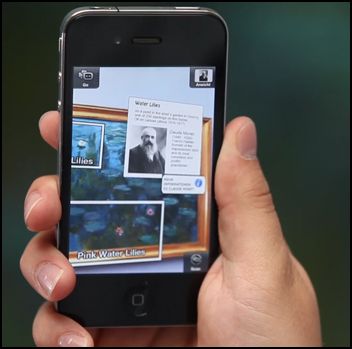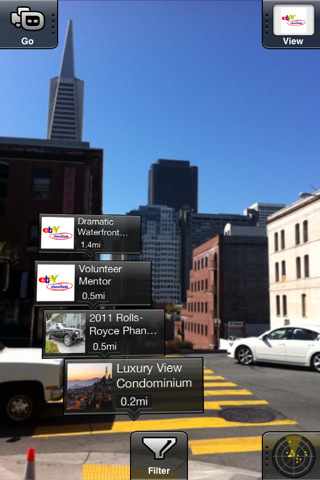A new Scan function connects online databases to pictures, bar codes, food items, and more.
One year ago, Metaio demonstrated the ability to combine augmented reality and image recognition for mobile devices in its Junaio product. the company has just released Junaio 3.0, which pushes the technology another step forward towards making the “Augmented World” around us come alive. The new “Scan” function scans everything: pictures, QR codes and even product bar codes.

Press the Scan button and point your camera at whatever it is you wish to get information on, provided it can be found in one of Junaio’s channels, databases or connected partner platforms. Scan a painting to get information about the artist; a product bar code to get relevant consumer information or even a 3D user manual; and scan a food item to try a new recipe for a good meal. Metaio says it is the first mobile Augmented Reality browsers relied purely on GPS and internal compasses to provide location-based information, mostly simple camera overlays regarding tourist attractions, restaurants, ATMs and so on.
When Junaio recognizes a barcode, it combines and displays data sources from various partner platforms to provide useful consumer information on a given product. Some of those will lead to a website, a shopping micro-site or other related information. It is possible in fact to scan in succession different coded food items from your fridge, maybe add a few other search items (like “tomatoes, onions”, etc) and get a recipe for that particular combination of ingredients. Metaio says it is planning to further extend consumer oriented product information of this kind in the months to come.

The new scan feature is available now for developer use. The possibilities suggested are interactive 3D Augmented Reality user manuals; scanning the product code of your latest piece of Swedish furniture could display easy-to-follow 3D assembly instructions; etc. Mataio thinks marketers could reach their mobile audience with exciting multimedia and dynamic AR displays; artists could enhance their creations with added effects as many already do; movie posters could display trailers and educators could use it to instantly call up information in the classroom.
Bringing information to life
Anything printed now comes alive with animation, depth of data, adjacent and supplemental information. The scanned image is a gateway to a database of information that would be too large to carry in a phone or tablet. – J.P.





